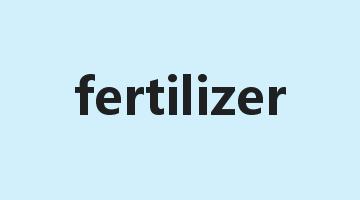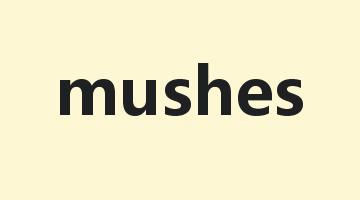have to和must的例句 have to和must有哪些区别
2024-06-23 11:11:09 学考宝 作者:佚名
must和have to表达的含义不同、适用时态不同、否定含义不同、侧重点不同。must表示主观上认为有义务或有责任必须做某事,强调说话人的主观看法;have to表示由于客观因素而不得不做某事,强调客观需要。

have to和must的例句
We have to show our passes to enter the building.
我们必须出示通信证才能进入这栋大楼。
You have to smoke outside. Smoking is not allowed inside.
你必须在外面吸烟,里面不允许吸烟。
She has to have a license before she drives.
她在开着之前必须持有驾照。
You must be more organised.
你必须更有条理。
I must exercise more often.
我必须得经常锻炼。
We must clean the house today.
我们今天必须得把房间打扫干净。
have to和must有哪些区别
“have to”和“must”在英语中都有表示“必须”的含义,但它们的用法和侧重点有所不同。以下是对两者的详细对比:
1、含义不同:
must表示主观上认为有义务或有责任必须做某事,强调说话人的主观看法,如:Everyone must obey the traffic rules。每个人都必须遵守交通规则。
have to表示由于客观因素而不得不做某事,强调客观需要。如:Alice’s home is very far from her school, so she has to have lunch atschool.爱丽丝的家离学校很远,所以她不得不在学校吃午饭。
2、侧重点不同:
must和have to 都可以表示“必须”,但侧重点不同:must强调说话者的主观看法,如: I have a good time here, but I must leave now. 我在这儿玩得很开心,但现在得走了。
而have to则强调客观上的需要,如:My grandma can’t look after herself, so I have to take care of her. 我奶奶照顾不了自己,因此我不得不照顾她。must没有人称、数和时态变化,但have to有。
3、否定含义不同:
在否定句中,mustn’t表示“不许,禁止”;don’t/doesn’t/didn’thave to表示“不必,无须”,相当于needn’t。如:Look at the sign. You mustn’t park here.看那个标志,这里禁止停车。
含有must的一般疑问句,其肯定回答用must,否定回答用needn’t或don’thave to;回答含有have to的一般疑问句时,要用do的适当形式。


















